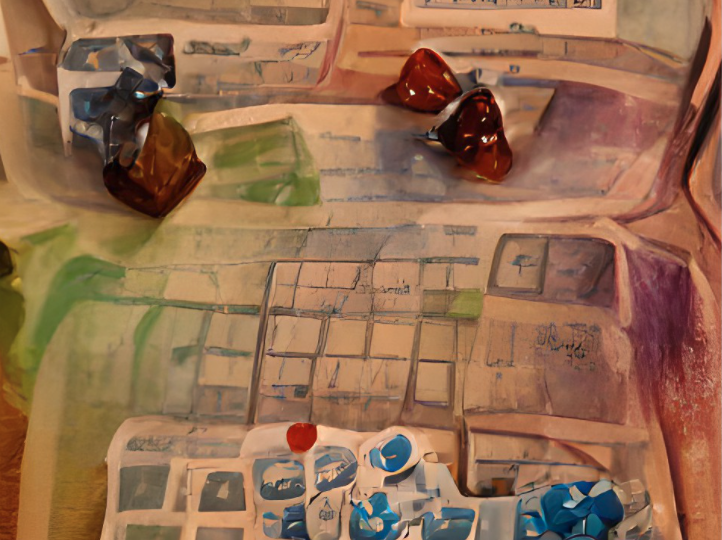Twitter is a great platform to run a realtime, texted based, adventure using pretty much any system. In this example I’ll be talking about D&D specifically, but you can easily change it for any RPG system.
What is a text based adventure?
Text-based adventures or Play-by-Post (PbP) games are comprised of posting a situation via your account and then allowing your players to respond. This is definitely not the fastest way to run a game, but where it works is when players are across timezones or have different schedules. A single area could take a few hours to a few days to complete – but everyone has the opportunity to contribute without having to rush to be online.
First thing I recommend is setup a new twitter account for the adventure. This will allow you to control who can respond to tweets. Make sure to set your privacy settings to “protected”. When tweets are protected, it means only people who follow you will continue to be able to reply. People you follow — only people who you follow, as well as anyone you mention in the Tweet, will be able to reply.
Resolving checks
I recommend using a twitter dice roller like @RollDiceBot. Have players Dm the bot and then post a reply a link to the result. This keeps the fudged dice rolling to a minimum.

Organizing Your Posts
I recommend you setup different tweets to organize the flow of data.
- General Discussion or Off Topic – this tweet will be the central place for players to post updated and discuss off topic things.
- Characters – this tweet is where players can upload their character sheets.
- NPCs – During the course of all games there are Non-player Characters that come into the game to push the story forward and provide more clues. Each of these NPCs get their own tweet. Players can ask questions directly to the NPC in each NPCs topic.
- For Each Area – each room or situation should have it’s own tweet with a link to the previous area (and a link to it in the previous area)
- Combat – I like to group combat into one thread, but you can also do combat in the areas you tweet. So if I have a “goblin nest” I will also have a “goblin nest combat” tweet thread.
Example of the above in action
- The party has just entered a large cave complex; a new area tweeted called Cave 1: Entrance in the Area. I include and story elements that are important as well as a description of said area. From there the players ask questions, search and do RPG stuff. As the DM, once I am ready to introduce an element, like a mysterious smell, I can add that to the discussion at any time.
- If a NPC is found in Cave 1: Entrance, I will reply in the tweet a new NPC to the NPC tweet called: Bob Jones and include a little back story or description for him.
- A reply is posted to the Cave 1 Area discussion directly to the NPC for players to ask questions.
- If a Monster is found in Cave 1, I will add to the discussion something like, “A trio of goblins attacks the party from the rear of the cave!”
- I would then post a new tweet in the Combat category called “Cave 1: Combat round 1” and add a link to the area Cave 1 directing the PCs to that combat discussion.
Game Play Example
For combat, the first thing in D&D is to declare you action. Then roll initiate and modify it as need.
The player, Kith-kannan, is tagged in the post and has a few hours to reply. I like to include a deadline with the expectation that players who do not respond will have the dice rolled on their behalf.
Once each player has made their roll I post the entire roll summary on the post:
Initiative Order Results Jorah rolled 1 Farin rolled 3 Morwen rolled 4 DM Events of this area (5) Kholaran rolled 7 Dannus LeToreque rolled 8 Perilot rolled 8 Theirry rolled 8 Athas rolled 10 Everyone else goes last
Conclusion
That’s all there is to it. Seem a little complex, but once you get into it – it makes a lot of sense and moves quickly – faster I think than a forum run game.
If you have comments, or suggestions – please post a comment!
Discover more from AJB Blog
Subscribe to get the latest posts sent to your email.






